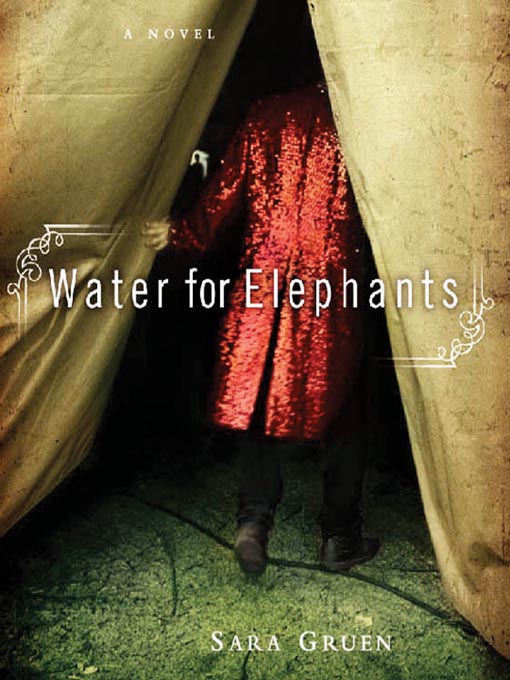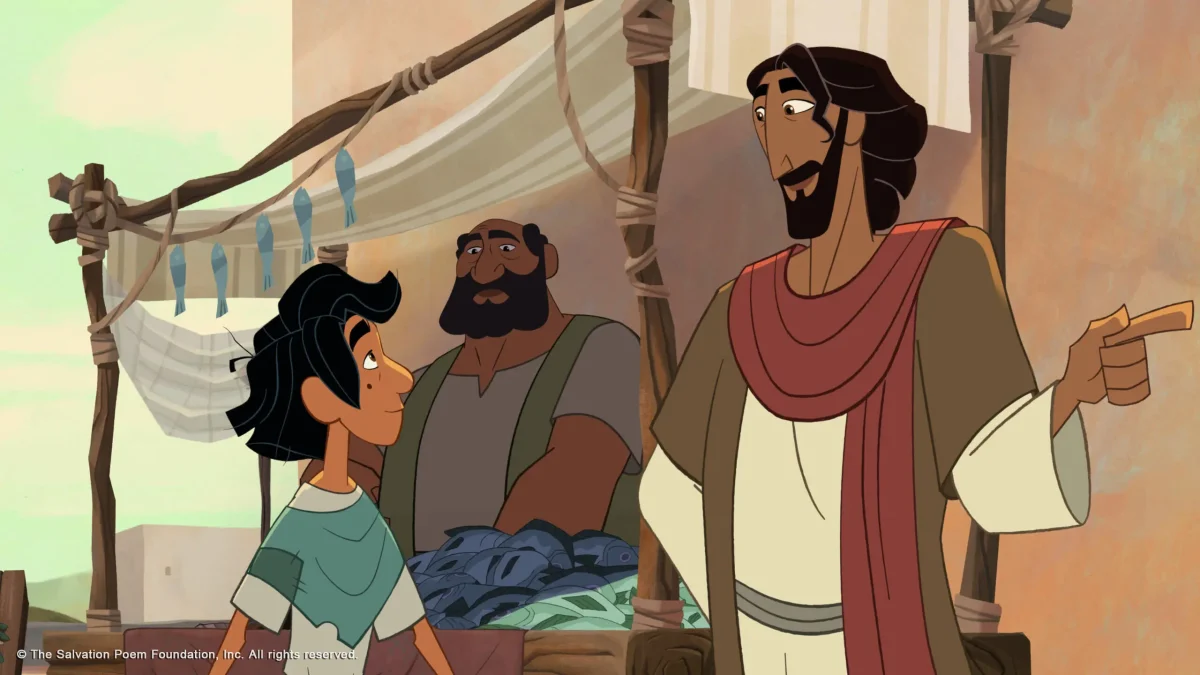Written by Samantha Leaden
After extensive research, New York Times bestselling author Sara Gruen wrote the dark historical fiction, “Water for Elephants.” Her scrutiny paid off and is clearly evident throughout this book, with strange, old-fashioned prose and peculiar, authentic pictures to accompany each chapter.
The story takes place in the 1930s in a second-rate circus company that tours the country and is as much a love story as it is about animal cruelty.
The plot begins darkly. After his parents’ sudden death, Jacob Jankowski fails to show up for his final veterinary exam. With no money or place to call home, Jacob unintentionally joins the circus, not out of romantic ideas, but out of necessity to survive.
At the Flying Squadron of the Benzini Brothers Most Spectacular Show on Earth, Jacob is hired to take care of the show animals and is introduced to some of the foulest animal cruelty he has ever experienced.
Every animal throughout this book receives abuse to the point of disbelief. Jacob eventually falls in love with a married woman, bringing a new set of problems his way.
Somehow, through a few twist and turns, Gruen is able to land a semi-perfect, almost Hollywood ending (ironically, it is currently being adapted into a movie).
I’ve seen this book around the bookstore for some time now, and decided to buy it only because of the wonderful reviews it’s received. After I put the book down, the first thought that came to mind was that you can tell it’s a bad book when the only positive thing you can pull from it is the interesting pictures.
The occasional historical black and white photos of the real 1930s circus were the only intriguing part of the whole book. It had everything going for it: haunting cover art, interesting title, personal recommendation from friends, well thought-out research, not to mention being a New York Times bestseller for 12 weeks.
Regardless of all this hype, it was a let down.
One good thing out of this soap opera of a novel was the puzzling prologue which made the reader wait to the very bitter end to solve.
But even this was not enough to save this book.
The characters were stereotypical, completely predictable and modeled after every tired cliché imaginable: the goodhearted, innocent hero, the evil, tyrannical boss, the spirited sidekick, the bewitching damsel in distress, and of course, one cannot forget the dual personality villain who is cruel to animals.
For a historical fiction, I think it is lacking considerably in how it did not match its unbecoming fictitious nature with its historical factors. I hate to say it against all of the glowing reviews on this book, but to be honest, I was left disappointed.







